Two hours south of Paris is the ancient and storied region of the Loire Valley. For hundreds of years, medieval kings journeyed with their courts to hunting lodges deep in the royal forests along France’s longest river. So, it comes as no surprise that the Renaissance royals chose the same Vallée de la Loire to build resplendent pleasure palaces earning it the nickname, “Playground of Kings.”
And a playground, indeed! The Loire Valley boasts hundreds of magnificent châteaux, immaculate gardens, and a historical tapestry weaved with colorful characters, bloody battles, and epic scandal. The Loire’s lush landscape is the setting for fairytale castles where famous kings, queens, mistresses, and artists took up royal residence, including Richard the Lionheart, Joan of Arc, and Leonardo Da Vinci.
Centuries-old vineyards, which once quenched the thirst of knights and nobles, continue to produce beautiful white and rosé wines. Five hundred miles of cycling trails fuels our sense of adventure, while regional specialties from the Garden of France feed our bodies. Today, the Loire Valley continues to attract history buffs and foodies alike with its cultural and culinary bounty.
Join our 2015 Playground of the Kings Tour (capped at ten guests) where a whole lotta fun, food, and eye-popping architecture.awaits on your own royal country retreat.
Stay in the Loire Valley for a day or a week. Daytrippers can easily hop a train from Paris and spend the afternoon exploring the wonderful historic districts, museums, and cathedrals in bigger towns like Orleans, Tours, Angers, or Nantes. Or rent a car and take your time château-hopping along the Loire and Cher Rivers. Here’s a few of our favorites:
- Château de Chinon – Joan of Arc most famously traveled to the Chinon court to ask the future King Charles VII to give her an army to fight for his throne as guided by her visions from God. England’s King Richard the Lionheart also has connections to the royal residence.
- Château d’Amboise – The royal château sprawling along the Loire River is the burial place of Leonardo da Vinci. Many Kings and queens were raised here, including Renaissance King Francis I and the son of Henry II and Catherine de Medici to whom Mary Queen of Scots was married and here she also resided.
- Château de Blois – The royal palace, which transitions between the Medieval and Renaissance eras, sets the precedent for French kings and queens to take up royal residence in the Loire. It has one of the country’s oldest staterooms, which happens to also be one of France’s largest Gothic halls.
- Château de Saumur – The quintessential fairytale castle, replete with turrets, moat and dungeon was one of the last medieval castles built by the Valois kings. The fortified fortress towers over the Loire River and is a popular cycling stop for it’s majestic views, lovely village, and museum.
- Château de Chenonceau – Nicknamed the “Château des Dames” – or “Château of Women” for its seven consecutive female owners, beginning with Diane de Poitiers, Mistress of King Henry II. Following his death, Henry’s wife, Queen Catherine de Medici snagged it and Chenonceau has been woman-owned down through the present day. The gardens are exquisite as is the château’s romantic setting where you can rent row boats for a leisurely paddle under the elegant arches spanning the Cher River.
- Château Chaumont-sur-Loire – This awesome, hulking fifteenth century castle is an easy visit when combined with Chenonceau or Chambord. Yet another Loire Valley property swap between King Henry IV’s mistress, Diane de Poitiers and his Queen Catherine de Medici, who entertained the astrologer Nostradamus here in the 1560’s.
- Château de Chambord – in 1519, King Francis I began building his over-the-top pleasure palace, which is now one of the most recognizable buildings in the world. It was painted pink, just for the record. 440 rooms, 20 years later, it still wasn’t finished when he died. Leonardo Da Vinci designed the famous double helix staircase– an intertwined sets of stairs where people can ascend and descend but never meet.
- Château de Villandry – While the château has historical connections to Richard the Lionheart, King Francis I, and Napoleon, it is the extraordinary gardens that draw the crowds. Villandry’s formal Renaissance, flower, and ornamental gardens are ranked among the best in the world. Prepare to take lots of pictures here. It is breathtakingly beautiful.
- Château d’Azay le Rideau – Built along the Indre River, this picturesque moated château was completely rebuilt in less than nine years between 1518 and 1527, making this the finest example of pure High Renaissance French architecture. The interior is decorated with period furniture and arts, while the grounds offer a prime spot for a picnic. Azay-le-Rideau is an easy stop when visiting Chinon.

SLEEP: Château de la Bourdaisière is a magnificent fifteenth century castle rebuilt in 1520 by King François I for his mistress, Marie Gaudin. Its location in Montlouis-sur-Loire makes this a great base for exploring the Playground of the Kings. The sprawling gardens supply the restaurant with seasonal fresh produce, including a remarkable variety of tomatoes from hundreds of different plants- a personal passion of one of the château’s Princely owners. The 39 guest rooms and suites rooms are richly decorated and each named for a historic person linked with the château, including Marie’s granddaughter, Gabriele d’Estrées and her lover, King Henry IV.
EAT: The agriculturally rich Vallée de la Loire makes packing a picnic lunch a pleasure. It’s not called the Garden of France for nothing! Put together a smorgasbord of bread, cheese, and charcuterie, grab a bottle of Vouvray then find a peaceful spot in the shadow of a château to dig in. Meat: a shredded pork, salmon or duck pâté known as rilliette. Cheese: 6 of France’s 48 protected cheeses are from the Loire Valley. Try the popular Crottin de Chevignol or Sainte-Maure de Touraine, both goat milk cheeses. Sweet: Upside apple cake known as Tart Tatin.

TOUR: The Loire à Velo cycle route stretches some 500 miles from the Atlantic coast through the cities of Nantes, Angers, Saumur, Tours, Orleans to the village of Cuffy on the Cher River near Nevers. La Loire à vélo Website has good maps, themed itineraries and suggested routes for all skill sets.
READ: A Heroine of France: The Story of Joan of Arc by Evelyn Everett-Green (2014)
BUY: Chinon Wine: As opposed to the Loire’s more common whites and rosés, Chinon estates create mostly red wines made from cabernet franc grape. The dry, medium bodied wines pair well with a lot of different food. Carry a few bottles home as souvenirs — one sip of the friendly vin rouge and you will be transported back to The Garden of France.



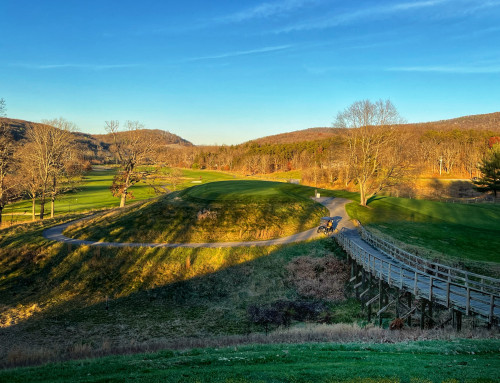
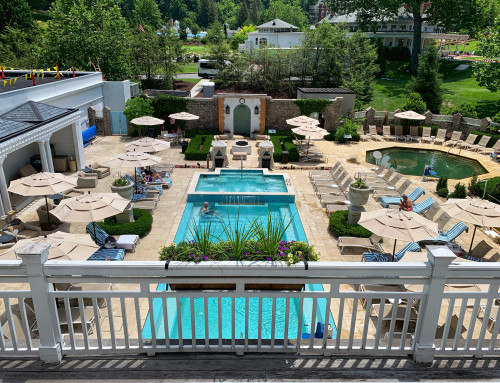
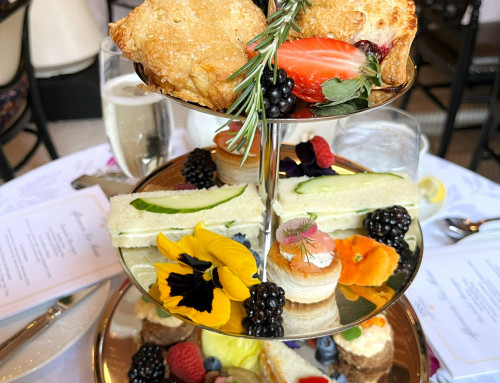
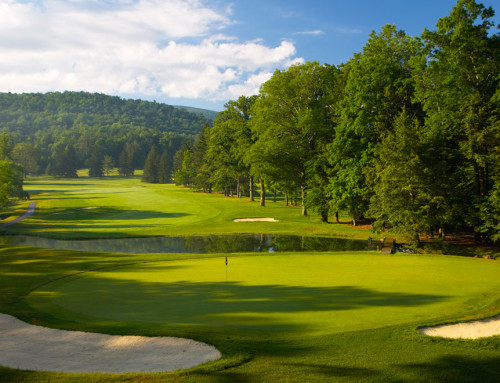
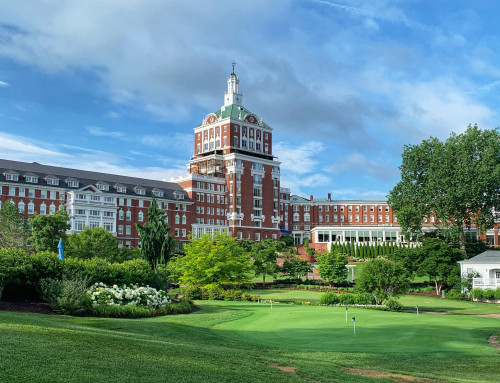
Leave A Comment